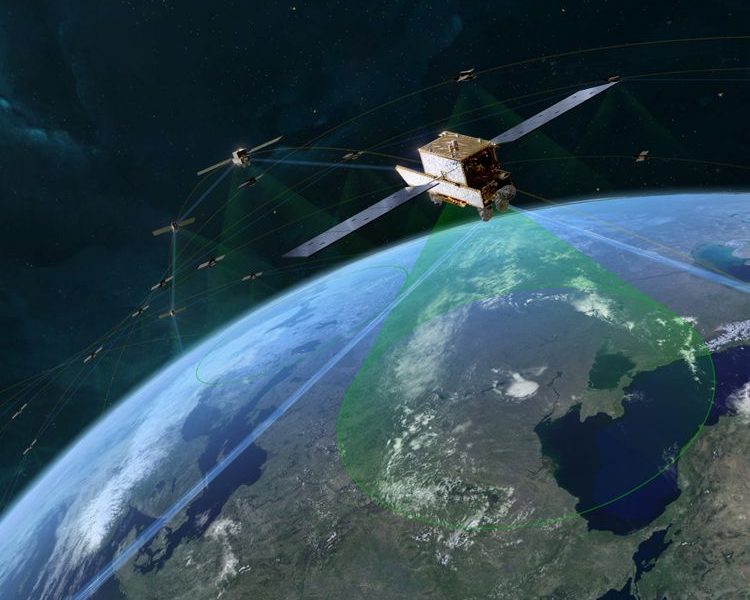NATIONAL HARBOR, Md.—After years of back and forth, the Space Development Agency is still awaiting approval from the Federal Aviation Administration to conduct Link 16 testing from its on-orbit satellites over U.S. airspace—a delay that could slow testing progress for the agency’s first batch of operational spacecraft.
SDA had hoped to have certification for U.S. testing by the end of 2024. Its new director, Gurpartap Sandhoo, said Sept. 22 the agency is “really, really close” to getting an official sign-off from the FAA, but until that comes, it’s restricted to running those tests over international waters or airspace.
“That process is working its way through the system,” Sandhoo told reporters during a briefing at AFA’s Air, Space & Cyber Conference. “We are fairly confident we’ll be able to start doing that once that all finishes out.”
The Federal Aviation Administration requires certification to broadcast Link 16 from space through the National Airspace System to ensure the signal doesn’t interfere with aircraft operations. The signal is key for the Space Development Agency, whose growing constellation of data transport satellites is meant to support tactical communications from space to users and platforms across multiple domains.
For the last two years, SDA has relied on partnerships with international allies to test its satellites’ ability to broadcast Link 16, sending the signal to overseas test sites in Norway and Australia. Conducting that same testing over the U.S. National Airspace System is an important operational acceptance milestone for SDA’s Tranche 1 satellites, the first of which launched earlier this month. As part of that process, the agency needs to demonstrate it can send fire control information to users on the ground using existing tactical networks like Link 16.
In April, the agency conducted a series of tests with support from the Air Force’s 46th Test Squadron at Eglin Air Force Base, Fla., to demonstrate that it could send the Link 16 signal without causing significant interference. Sandhoo said the office of the Pentagon’s Chief Information Officer is reviewing the resulting report and has floated a plan to the FAA that would require SDA to put out a “notice to air missions” to alert pilots when it conducts Link 16 operations.
While SDA will have to wait for the FAA to approve that plan, it can in the meantime perform Tranche 1 satellite testing using other links and satellite frequencies, Sandhoo said.
The first 21 Tranche 1 satellites launched from Vandenberg Space Force Base, Calif., on Sept. 10, and are moving through a monthslong launch and checkout process, he said. SDA expects those spacecraft, all built by York Space Systems, to be ready for initial operation and testing in about four months.


